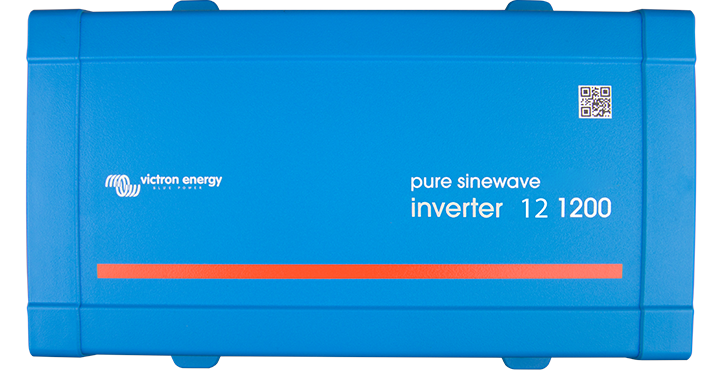Let me start by saying I have been trying to read everything I can find for the past month, and last summer I did the same thing so I'm not completely new to the ideas but it is a lot of information to take in and I could definitely use some help finalizing some designs for my cabin. It is a vacation property so we are usually only there for 2-4 days at a time, and mostly in the summer. Winter visits are probably as well, but there will be long stretches between so I am hoping the solar system will be able to eventually 'catch the batteries up' in terms of charging.
Requirements:
Mini-Fridge (Used a Kill-a-Watt on my mini fridge at home ~550Wh per day, only up about 50Wh on intial startup if loaded up with already cooled goods)
Lighting - Pot Lights, All LED, 6.5w lamps x up to 19 at a time. Dimmers and grouping of lights limits draw. Having to guess 2hours/day of lighting at about 60W = 120Wh per day
Cell Charger - 3w x 4 hours x 2 devices = 24Wh per day
Estimated Totals: 694Wh, but lets round it up to 800Wh for fun. (plus inverter standby losses)
The Cabin is at 51deg North (In BC Canada).
The kWh/m2 of full sun hours (as provided by Natural Resources Canada) for the area ranges from 6.2H/day in July to 0.9H/day in Jan/Dec (0deg Horizontal Tilt).
The kWh/m2 of full sun hours (as provided by Natural Resources Canada) for the area ranges from 6H/day in July to 1.6H/day in Jan/Dec (36deg Horizontal Tilt).
Altitude is about 3500' above sea level.
-20degC to +30degC Temperature Ranges.
The roof of the cabin, is unfortunately, facing East and only slightly south, at an inclination of about 14degrees. But after looking at the charts for the insolation data, I think I could possibly rig up a tilt to about 30deg southward... Much higher and I worry I'll have to start dealing with heavy reinforcements to hold up to the wind. The storms up there can be quite gusty and strong winds (No I don't currently have actual windspeed data but I can work on collecting that if I go for a tilt)
Planned System (so far)
2x 280W 60Cell Mono Solar Panels (2S Connected)
1x Tracer3210AN 30A MPPT Charge Controller (24V Charging)
4x Crown CR235 235AH 6V Deep Cycle Battery (5.6kWh)
1x AIMS 2000W Low Freq Pure Sine Inverter Charger picoglf20w24v120vr (https://www.aimscorp.net/24-volt-pur...r-charger.html)
#1 DLO Flex Cables with Crimped Lugs (I have access to a hydraulic crimper to assemble my cables)
Concerns:
- The two 280W panels may not be enough to charge the battery up given my roof orientation, especially in the winter. Will my batteries suffer if they take a week to charge back up from 50% DOD? I can add 2 more panels (2S2P) and I think I can still have the same charge controller handle it since the panels will never ever actually output their full value (Tracer max PV array is 1040W)
- The Aims inverter Low Freq series use about 26W IDLE which seems high... It's "search mode" only uses about 12W but won't activate for <50W detected load, which will never happen unless the fridge is running so it'll have to stay in "full on" mode while we are there. There is a 1000W electronic version of the unit but it's only good for 12V and I'm not sure I want to run everything on 12V.... Thoughts?
Notes:
- The AIMS inverter charger has a battery charger built in with auto-transfer switch so I can plug in the little honda eu2000i generator we have to top up the batteries when the sun isn't shining, or if we want to stay longer than the system can keep up to.
- I leaned on the 2000W inverter model at 24V because i want to make sure the inverter will start the fridge compressor. I've seen youtube videos of cheaper units not being able to really support their "surge" ratings as claimed. These AIMScorp units seem to be spec'd fairly well. It will be physically disconnected from the batteries via disconnect switch when we leave site to come home, so it will not be working against the solar panels while we are not there.
Phew - that's a long read, so thanks if you're still here with me!
Looking forward to any thoughts and suggestions you guys have....

Comment